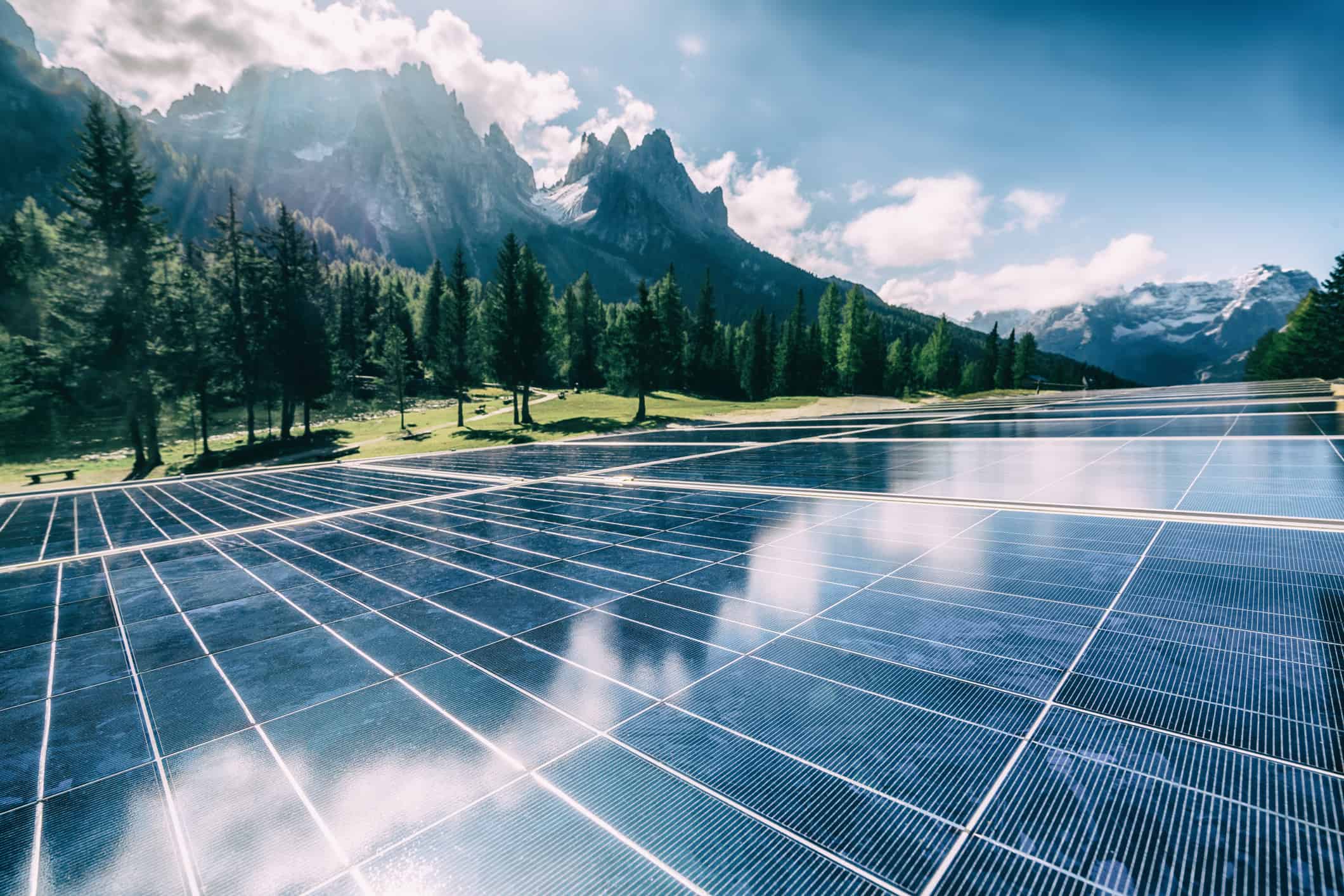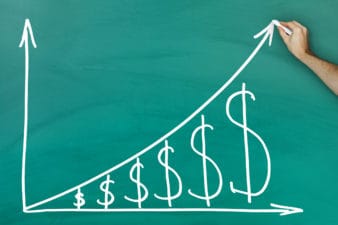Investing in companies part of the clean energy sector allows you to gain exposure to stocks that are poised to grow revenue and earnings at a steady pace in the upcoming decade. The artificial intelligence megatrend will accelerate the global shift towards clean energy solutions, making TSX stocks such as Boralex (TSX:BLX) a top investment right now.
Valued at a market cap of $2.9 billion, Boralex stock has returned more than 500% to shareholders in dividend-adjusted gains since 2001. Despite its stellar returns, the TSX stock is down 49% from all-time highs, allowing you to buy the dip.
Boralex develops, builds, and operates power-generating and storage facilities in North America and Europe. It ended 2024 with 103 wind farms, 13 solar energy facilities, 15 hydroelectric power stations, and two storage units with an installed capacity of 1,819 megawatts (MW) in North America and 1,343 MW in Europe.
The bull case for this renewable energy stock
Boralex presented an ambitious growth strategy at its 2025 Investor Day centred on doubling installed capacity to seven gigawatts (GW) by 2030 through organic development. The Quebec-based renewable energy producer operates 3.3 GW across Canada, France, the U.K., and the U.S., with 93% of revenue contracted for an average remaining duration of 11 years. Management aims to extend this to 14 years by 2030, enhancing its revenue visibility.
At the midpoint estimate, Boralex forecasts operating income to grow by 8% annually through 2030. It estimates EBITDA (earnings before interest, tax, depreciation, and amortization) to surpass $1 billion in this period, indicating an annual growth of 9%.
Notably, the management has tied employee compensation directly to adjusted funds from operations per share growth, aligning incentives with shareholder interests. The plan maintains disciplined minimum project returns of 10% to 12% internal rate of return.
Boralex mapped out $6.8 billion in capital deployment for projects commissioning before 2030, with $5 billion funded through project-level debt.
It secured $1 billion in financing for Ontario battery projects and the Des Neiges wind portfolio in Quebec. Management plans $900 million in capital recycling to capture the valuation gap between private and public markets, following the successful 30% stake sale of French operations to Swiss partner EIP.
The pipeline contains nearly eight gigawatts of projects with major developments, including 655 megawatts of battery storage in Ontario, the 1,200 megawatt Des Neiges wind project in Quebec, and 450 megawatts of solar in New York already announced.
Quebec is a key growth driver where Boralex targets capturing one-third of the 10-gigawatt wind market by 2035. The company emphasized deep community relationships and First Nations partnerships as competitive advantages, enabling project execution.
Management acknowledged tariff uncertainties but noted most near-term U.S. projects benefit from safe harbour provisions protecting investment tax credits.
Is the TSX stock undervalued?
Analysts tracking the TSX stock forecast revenue to grow from $817 million in 2024 to $1.56 billion in 2028. In this period, adjusted earnings are forecast to expand from $0.62 per share to $1.80 per share.
Moreover, Bay Street projects free cash flow (FCF) to increase from $17 million to $358 million. The company‘s annual dividend expense is roughly $68 million, which indicates a payout ratio of 43% in 2025 and 19% in 2029.
If the TSX dividend stock is priced at 12 times forward FCF, it should gain over 60% within the next three years. If we adjust for dividends, cumulative returns could be closer to 70%.







